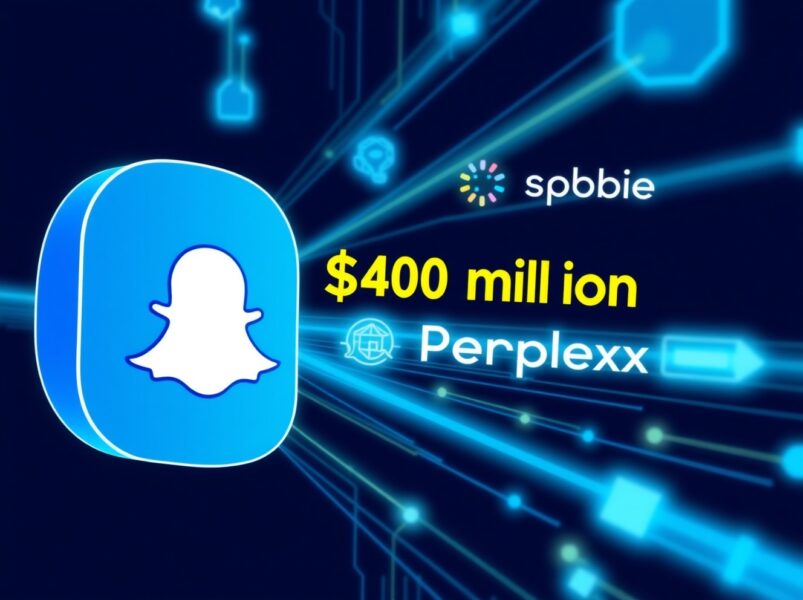Why Machine Learning Loves GPUs: Moore’s Law, Dennard Scaling, and the Rise of CUDA & HIP
\
The Hidden Connection Behind Faster Computers: Moore’s Law & Dennard Scaling
If you’ve ever wondered why computers keep getting faster every few years, there’s a fascinating story behind it. Back in 1965, Gordon Moore, one of Intel’s founders, noticed a pattern: the number of transistors that could fit on a chip doubled roughly every two years. This observation became known as *Moore’s Law*, and for decades it drove explosive growth in computing power. Imagine going from a chip with 1,000 transistors one year to one with 2,000 just two years later—an incredible rate of progress that felt unstoppable.
\ But Moore’s Law wasn’t working alone. Another principle, called Dennard Scaling, explained that as transistors got smaller, they could also get faster and more power-efficient. In other words, chips could pack in more transistors without using more energy. For a long time, this perfect combination kept computers improving at an impressive pace—faster, cheaper, and more efficient with every generation.
Then, around the early 2000s, things hit a wall. Transistors became so tiny—around 90 nanometers—that they started leaking current and overheating. Dennard Scaling stopped working, meaning that just shrinking chips no longer gave the same performance boost. That’s when the industry had to change direction.
From Faster Chips to Smarter Designs – Enter Multi-Core Processors
Instead of pushing clock speeds higher (which caused chips to get too hot), engineers began splitting processors into multiple cores. Chips like the AMD Athlon 64 X2 and Intel Pentium D were among the first to put two or more cores on a single die. Each core could handle its own task, letting the chip work on multiple things at once. This idea—doing more work in parallel instead of one task faster—became the foundation of modern CPU design.
Of course, that shift wasn’t easy. Software and hardware suddenly had to deal with new challenges: managing multiple threads, keeping workloads balanced, and avoiding data bottlenecks between cores and memory. Architects also had to carefully handle power usage and heat. It wasn’t just about raw speed anymore—it became about efficiency and smart coordination.
Latency vs. Throughput – Why GPUs Started to Shine
As chip designers began to see the limits of simply adding more powerful CPU cores, they started thinking beyond just making a handful of cores faster or bigger. Instead, they looked at the kinds of problems that could be solved by doing many things at the same time—what we call *parallel workloads*. Graphics processing was a prime example: rendering millions of pixels for video games or visual effects couldn’t be handled efficiently by a small number of powerful cores working in sequence.
This need for massive parallelism led to the rise of GPUs, which are built specifically to handle thousands of tasks in parallel. At first, GPUs were designed for graphics, but their unique architecture—optimized for high throughput over low latency—quickly found use in other fields. Researchers realized the same strengths that made GPUs perfect for graphics could also accelerate scientific simulations, AI model training, and machine learning. As CPUs hit power and heat bottlenecks, GPUs emerged as the solution for workloads that demand processing lots of data all at once.
GPGPU Programming – Opening New Worlds of Computing
Once GPUs proved their value for graphics and other massively parallel tasks, chip designers and researchers started thinking—why not use this horsepower for more than just pictures? That’s when new tools and frameworks like CUDA (from Nvidia), OpenCL, and HIP (from AMD) came on the scene. These platforms let developers write code that runs directly on GPUs, not just for graphics, but for general-purpose computing—think physics simulations, scientific research, or training AI models.
What’s really cool is that modern machine learning and data science libraries, like PyTorch and TensorFlow, now plug into these GPU platforms automatically. You don’t need to be a graphics expert to unlock GPU performance. Just use these mainstream libraries, and your neural networks or data processing jobs can run way faster by tapping into the power of parallel computing.
Making the Most of Modern Tools
With the rise of AI-powered code editors and smart development tools, a lot of the basic boilerplate code you used to struggle with is now at your fingertips. These tools can auto-generate functions, fill in templates, and catch errors before you even hit “run.” For many tasks, even beginners can write working code quickly—whether it’s basic CUDA or HIP kernels or simple deep learning pipelines.
But as this kind of automation becomes standard, the real value in software engineering is shifting. The next wave of top developers will be the ones who don’t just rely on these tools for surface-level solutions. Instead, they’ll dig deeper—figuring out how everything works under the hood and how to squeeze out every ounce of performance. Understanding the full stack, from system architecture to fine-tuned GPU optimizations, is what separates those who simply use machine learning from those who make it run faster, smarter, and more efficiently.
Under the Hood
I’ll be diving even deeper into what’s really under the hood in GPU architecture in my upcoming articles—with plenty of hands-on CUDA and HIP examples you can use to get started or optimize your own projects. Stay tuned!
References:
- Moore’s Law - https://en.wikipedia.org/wiki/Moore's_law
- Dennard Scaling - https://en.wikipedia.org/wiki/Dennard_scaling
- GPGPU Intro - https://developer.nvidia.com/cuda-zone
- Cornell Virtual Workshop - https://cvw.cac.cornell.edu/gpu-architecture/gpu-characteristics/design
\ \ \
You May Also Like

China Blocks Nvidia’s RTX Pro 6000D as Local Chips Rise

Revolutionary: Perplexity’s $400M AI Search Deal Transforms Snapchat for 940 Million Users
